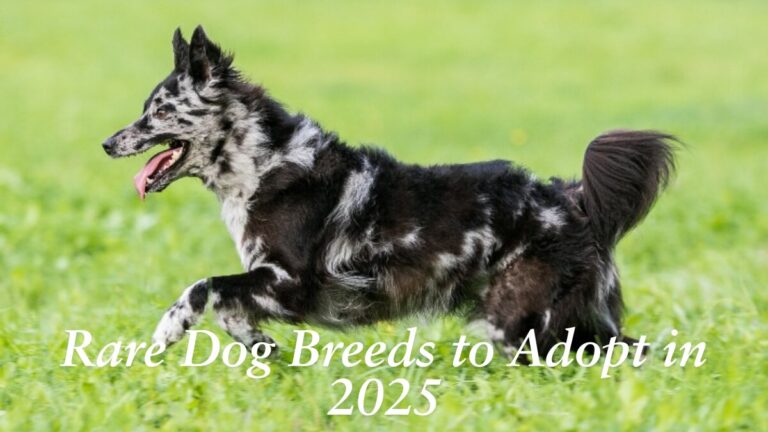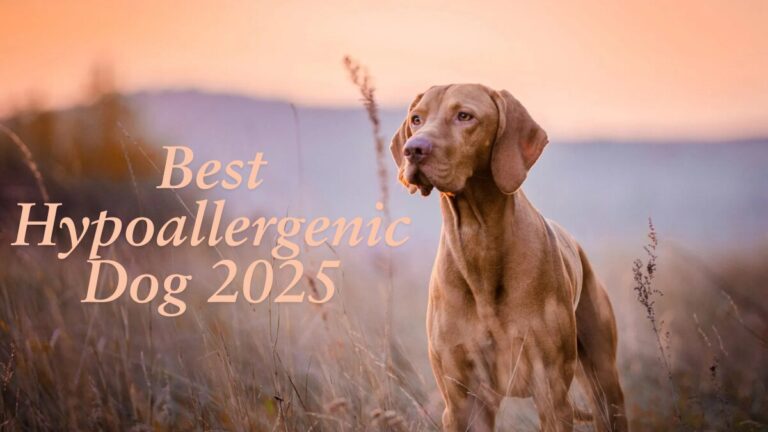Introduction:
Dog Sex(Understanding Dog Reproduction) is a fascinating subject that combines biology, behaviour, and responsible pet ownership. Understanding the intricacies of dog reproduction not only enhances our knowledge of canine health and behaviour but also allows pet owners to make informed decisions about breeding, health care, and overall canine welfare. In this comprehensive guide, we will explore the various aspects of dog reproduction, including mating behaviours, reproductive cycles, gestation, and responsible breeding practices.
The Basics of Dog Reproduction
Dog reproduction involves complex biological processes, primarily centred around mating and gestation. Understanding these processes begins with a basic knowledge of canine anatomy and physiology. Female dogs (bitches) experience a reproductive cycle that includes several stages, each characterized by specific hormonal changes and physical developments. The male dogs (dogs) also play a crucial role in reproduction through mating behaviors and physiological responses to female signals.
The Anatomy of Canine Reproductive Systems
The anatomy of male and female dogs differs significantly, which is essential for understanding how reproduction occurs. The male reproductive system includes the testes, epididymis, vas deferens, prostate gland, and penis. The testes produce sperm and testosterone, which are crucial for mating behaviors. The female reproductive system consists of the ovaries, fallopian tubes, uterus, and vagina. The ovaries produce eggs (ova) and hormones, which regulate the reproductive cycle.
The reproductive system in male dogs is designed to produce, store, and deliver sperm efficiently. During mating, the penis becomes erect, allowing for the transfer of sperm to the female. On the other hand, the female’s reproductive system is structured to facilitate fertilization, implantation, and gestation. Understanding these anatomical differences is essential for grasping the overall reproductive process in dogs.
Canine Reproductive Cycle: Phases and Timing
The canine reproductive cycle, also known as the estrous cycle, consists of four primary phases: proestrus, estrus, diestrus, and anestrus. Each phase has distinct hormonal and physiological changes that prepare the female dog for potential mating and pregnancy.
- Proestrus: This phase lasts about 9 days on average and is characterized by the swelling of the vulva and the release of blood-tinged discharge. During this time, female dogs attract males but typically do not allow mating. Hormonal changes prepare the body for ovulation.
- Estrus: Commonly referred to as the “heat” phase, estrus lasts about 5 to 14 days. During this period, the female dog is fertile and receptive to mating. Ovulation occurs, and the eggs are available for fertilization. Male dogs are often very attracted to females in this phase.
- Diestrus: Lasting about 60 days, diestrus follows estrus. If fertilization occurs, the pregnancy will develop during this time. If not, the female’s body will prepare to return to the anestrus phase. Hormonal levels decrease, and the female becomes less receptive to males.
- Anestrus: This is the resting phase of the reproductive cycle, which can last several months. During anestrus, the female dog’s reproductive system is inactive, and there are no signs of heat or mating behaviors.
Understanding these phases is crucial for dog breeders, pet owners, and veterinarians. Knowledge of the estrous cycle allows for better planning of breeding activities and responsible pet ownership.
Mating Behavior in Dogs
Mating conduct in canines is impacted by different variables, including hereditary qualities, climate, and social elements. Understanding how canines pick mates and take part in mating customs is fundamental for reproducers and pet people the same.
Courtship and Mating Rituals
Before real mating happens, male and female canines frequently take part in romantic ways of behaving. The male might display fervour, vocalisations, and endeavours to draw in the female. He will commonly follow her intently, showing interest in her fragrance. The female might flag her openness by permitting the male to move toward her and take part in lively collaborations.
During mating, a male dog mounts the female and achieves penetration. The male’s reproductive anatomy allows for a unique process called the “tie.” This occurs when the male and female become physically locked together for a short period, ensuring that the sperm is effectively transferred. The tie can last anywhere from a few minutes to over half an hour, during which time both dogs remain connected.
The Role of Scent and Pheromones
Dogs rely heavily on their sense of smell to communicate and identify potential mates. The female dog emits specific pheromones during her heat cycle, signaling her fertility to male dogs. These chemical signals play a crucial role in attracting males and facilitating mating behaviors. Understanding the significance of scent in canine reproduction can help pet owners make informed decisions regarding breeding and mate selection.
The Gestation Period: What to Expect
Once mating occurs, and fertilization is successful, the female dog enters the gestation phase, which typically lasts around 63 days. This period is critical for the development of the puppies, and understanding the gestation process is essential for pet owners who are breeding dogs.
Signs of Pregnancy in Dogs
Early signs of pregnancy in dogs can be subtle. Pet owners should watch for changes in behavior, appetite, and physical appearance. Common indicators include:
- Nipple Changes: The nipples may become enlarged and darker in color, and there may be a slight increase in size.
- Increased Appetite: Many pregnant dogs experience an increase in appetite as their bodies require more nutrients to support the developing puppies.
- Behavioral Changes: Pregnant dogs may exhibit nesting behaviors, seeking out quiet and comfortable places to prepare for whelping.
Prenatal Care for Pregnant Dogs
Providing proper prenatal care is vital for the health of both the mother and her puppies. This includes:
- Nutrition: Ensuring the mother receives a balanced diet rich in essential nutrients is crucial. Pregnant dogs may benefit from high-quality puppy food to support their increased energy needs.
- Veterinary Check-Ups: Regular veterinary visits can help monitor the mother’s health and the development of the puppies. Vaccinations and deworming should be discussed with a veterinarian.
- Exercise: Moderate exercise is essential to keep the mother healthy, but care should be taken not to overexert her during pregnancy.
Preparing for Whelping
As the due date approaches, pet owners should prepare for the whelping process. This involves creating a comfortable and safe space for the mother to give birth. Consider the following:
- Whelping Box: Provide a whelping box that offers a cozy, quiet environment for the mother to deliver her puppies. This box should be large enough for her to move comfortably but enclosed enough to keep the puppies safe.
- Supplies: Gather necessary supplies, including clean towels, a heating pad, and any items recommended by your veterinarian.
Understanding the gestation process and preparing adequately can help ensure a smooth whelping experience.
Responsible Breeding Practices
While breeding dogs can be rewarding, it also comes with significant responsibilities. Responsible breeding practices are essential to ensure the health and well-being of both the parent dogs and their puppies.
Health Testing and Genetic Screening
Prior to reproducing, it’s imperative to lead wellbeing tests and hereditary screenings on both the male and female canines. This recognizes any inherited medical problems that could be given to the pups. Normal tests incorporate hip and elbow assessments, eye assessments, and tests for hereditary infections. Mindful raisers focus on the soundness of their reproducing canines and the pups they produce.
Understanding Breed Standards
Each dog breed has specific standards and characteristics that define its physical appearance and temperament. Responsible breeders should have a thorough understanding of their chosen breed’s standards and aim to produce puppies that conform to these guidelines. This not only promotes breed integrity but also enhances the likelihood of producing healthy, well-adjusted puppies.
Finding Suitable Homes for Puppies
Dependable reproducers get some margin to track down appropriate homes for their little dogs. This incorporates screening likely purchasers to guarantee they are ready for the obligations of canine proprietorship. It is fundamental to teach new animal people about the variety’s particular necessities, preparing prerequisites, and medical care contemplations. Offering continuous help and assets can assist with cultivating a positive connection between the new proprietors and their young doggies.
Common Misconceptions About Dog Reproduction
There are several misconceptions surrounding dog reproduction that can lead to confusion among pet owners. Understanding the facts can help dispel myths and promote responsible pet ownership.
Myth 1: Dogs Should Have One Litter Before Spaying
Many people believe that female dogs should have at least one litter before being spayed. However, this is not necessary for their health and can actually pose risks during pregnancy and whelping. Spaying not only prevents unwanted litters but also reduces the risk of certain health issues, such as pyometra and mammary tumors.
Myth 2: All Dogs Can Breed Naturally
Not all dogs can breed naturally due to various factors, including size, anatomy, and health issues. Some breeds may require assistance during mating, and it’s essential to consult with a veterinarian if there are concerns about the breeding process. Responsible breeders will assess their dogs’ capabilities before attempting to breed them.
Myth 3: Puppy Mills Are Acceptable Breeding Practices
Puppy mills are commercial breeding operations that prioritize profit over the health and welfare of dogs. These facilities often produce puppies in poor conditions and without regard for genetic health. It is essential for prospective dog owners to avoid purchasing puppies from puppy mills and to support responsible breeders who prioritize the well-being of their dogs.
The Importance of Education and Awareness
Educating ourselves about dog reproduction is crucial for promoting responsible pet ownership and ensuring the health and welfare of our canine companions. Knowledgeable pet owners can make informed decisions regarding breeding, health care, and training, ultimately contributing to a positive relationship with their dogs.
Resources for Further Learning
Numerous resources are available for those seeking to learn more about dog reproduction. These include books, reputable websites, and veterinary professionals. Joining local dog clubs or associations can also provide valuable information and support for dog owners.
Promoting Responsible Pet Ownership
By sharing information about canine multiplication and mindful reproducing rehearses, we can assist with cultivating a culture of dependable pet proprietorship. Empowering others to instruct themselves about canine wellbeing and conduct benefits individual canines as well as the whole local area of canine proprietors.
FAQ:
What is the optimal age for breeding a female dog?
The optimal age for breeding a female dog typically falls between 2 to 5 years old. During this period, dogs are generally physically mature and more capable of handling the stresses of pregnancy and whelping. However, it’s important to consult a veterinarian to evaluate the individual dog’s health and breed characteristics before deciding to breed. Each breed may have specific guidelines regarding optimal breeding age.
How can I tell if my dog is in heat?
You can figure out whether your female canine is in heat by noticing a few signs. Normal markers incorporate expanding of the vulva, expanded pee, and changes in conduct like elevated warmth or fretfulness. Moreover, a female canine in intensity might draw in male canines and show coy ways of behaving. The intensity cycle normally goes on around 2 to 3 weeks, happening roughly two times every year. Observing these signs is vital for overseeing mating and forestalling undesirable litters.
What are the risks associated with breeding dogs?
Breeding dogs carries several risks for both the mother and the puppies. For the mother, potential complications during pregnancy and whelping include infections, uterine diseases, and difficulties during labor. Puppies can also face health issues, such as congenital defects or a higher risk of infectious diseases if not properly cared for. Responsible breeders should conduct health screenings and consult with veterinarians to minimize these risks and ensure the well-being of both the mother and her offspring.
Conclusion: A Comprehensive Understanding of Dog Reproduction
Understanding dog reproduction is essential for all dog owners, breeders, and enthusiasts. From the intricacies of mating behaviors to the challenges of gestation and whelping, each aspect of dog reproduction contributes to the overall health and well-being of our canine companions. By prioritizing responsible breeding practices, educating ourselves and others, and promoting awareness about dog reproduction, we can ensure a brighter future for our beloved pets.




